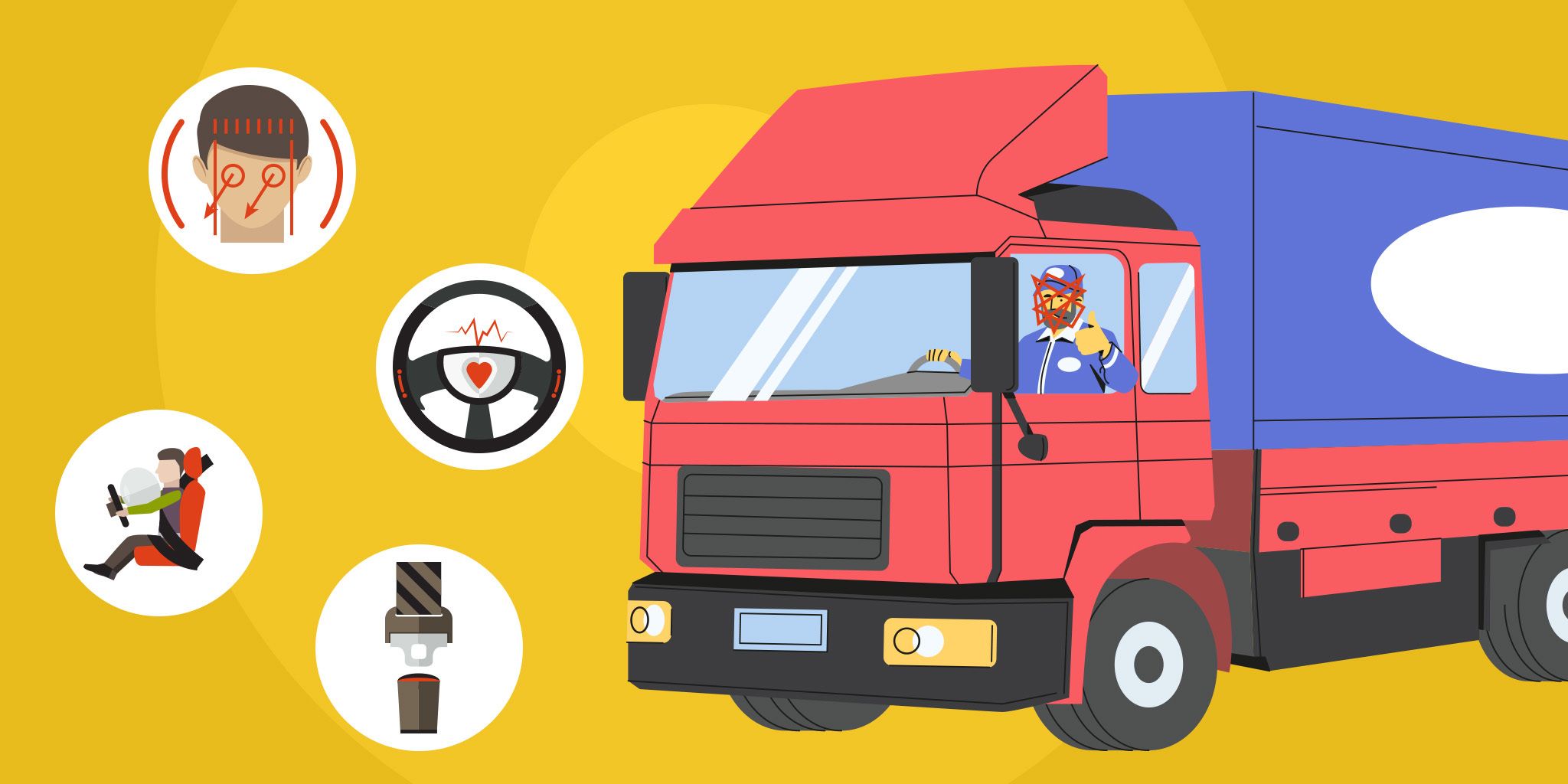Why Connected Cars Are Better
Why Connected Cars Are Better
- Last Updated: December 2, 2024
Guest Writer
- Last Updated: December 2, 2024



The automotive industry is converging with the information and communication technology (ICT) industry at a rapidly increasing rate. Technology is reshaping the global automotive sector. In the future, cars will become computers on wheels as tech players move into the automotive sector to leverage their existing capabilities.
The first one hundred years of automotive evolution were marked by a sharp focus on engineering innovation. Cars became more appealing, better at fuel efficiency, safer and more comfortable.
Connected vehicle technology comes with various environmental and highway safety benefits. However, car dealers need to be tech-savvy, and it’s time consuming to develop a connected car.
In 1996, there was a tectonic shift of communication technology; this switching of gears to connected vehicles was led by GM’s OnStar. Each fundamental element of the connected vehicle, like diagnostics, navigation, and infotainment, rapidly changed.
The Next Frontier
We're now headed to an era where this convergence of digital and engineering innovations will give birth to connected cars that increasingly understand and interact with the environment around them.
A crucial link in that development chain is the infotainment system. Once considered as mere accessories for the car, today’s infotainment systems are fast emerging as a platform for creating immersive experiences.
Spurred by the rapid progress in AI and natural language processing over the past decade, the growing acceptance of virtual assistants in consumer technology products means that consumers are now inherently attuned to the ubiquity of personalized technology.
For automakers, therefore, the next frontier is exploring how effortlessly the driver is connected to the outside world during transit. Now, it's not just about how smart the car is; it's about how intuitive the software is to the needs of the consumer.
The fundamental premise of the connected car’s environment lies in the power of wireless connectivity among vehicles (referred to as V2V communications); vehicles and infrastructure (referred to as V2I communications); and wireless communications for crash prevention, which improves mobility and environmental sustainability.
A connected car is defined by its devices within that connect with devices, networks, and services outside the car, including other cars and infrastructure.
Impacts and Potential Operational Benefits of CVs
Long-range Planning Models
Connected vehicle (CV) technology will have a profound impact on the long-range planning and land-use models used today. It will provide planners with greater insight into each step, leading possibly to more precise models and providing enhanced information for better decision-making.
Geometric Design of Highways
Roads and signalized intersections are usually designed based on the behavior and characteristics of human drivers. This human behavior might differ vastly from the driverless vehicles’ behavior.
Unlike people, the automated vehicle uses sensor systems to locate itself along the path and to communicate with other vehicles and/or infrastructure along with the network. This element could lead to optimizing the geometric design of highways, enabling the use of minimum control radii and horizontal and vertical curves.
Capacity and Traffic Operations
One of the major benefits of CVs and AVs is their potential to increase capacity on freeways and other uninterrupted flow facilities. AVs can improve capacity by using their equipped radars and other sensors to maintain a consistent gap with the vehicle ahead, thereby reducing the headway between vehicles compared to human-driven vehicles.
Highway Safety
Research shows that the deployment of connected vehicle and the combined use of (V2V) and (V2I) applications have the potential to address 81% of unimpaired driver crashes in all vehicle types (i.e., cars and heavy vehicles). Highway crashes can be reduced when vehicles can sense and communicate the hazards around them.
Mobility
According to the Texas Transportation Institute, US highway users wasted 5.5 billion hours stuck in traffic in 2011. CV mobility applications will enable system users and system operators to make smart choices to reduce the delay by providing actionable information and tools to affect the performance of the transportation system in real-time.
Environmental Benefits
The principal pollutants of vehicle emissions include nitrous oxide, sulfur oxide, and carbon monoxide, which have negative health effects. Connected vehicle technologies will generate real-time data that drivers and transportation managers can use to make green transportation choices.
Challenges to CV Technology
The challenges to the development and application of the CV may be summarized as follows:
Cars Take Longer to Develop Than Smartphones
The difference in lifecycles in the automotive and the mobile industry is a serious challenge for the future of connected cars. New features, such as operating system upgrades and new applications, are provided almost constantly for the smartphone, whereas car manufacturers work on five-year cycles.
Carmakers Need Mobile Partners
The automotive and mobile industries have different objectives, but they will need to find ways to collaborate in order to satisfy consumer connectivity needs. General Motors, for example, selected AT&T as its mobile partner.
Car Dealers Need to Be Tech-savvy
The advent of connected cars will dramatically change the dealership model. Salespeople must plan to spend an hour or more teaching customers how to use their car’s advanced technology.
Connected Cars Will Likely Be Shared Cars
Automakers agree that selling "just" cars is no longer feasible. Mobility with required connectivity to customer services and advanced functions, like power management for electric vehicles, is needed today. That creates opportunities for new ownership models, like Zipcar’s car-sharing service.
Increased Costs for CV Services
Consumers are used to a one-off payment when purchasing a car, but with an embedded connection, there is an additional bill to be paid in terms of connectivity. Will you add your car as a “device” to your existing mobile bill? Or will the added cost be rolled into your car payment? Who will pay for roaming and data usage? New business models will need to be developed.
Also, issues such as privacy, security, the cost of deploying a system, data ownership, driver distraction, and equity must be taken into consideration in the technology of connected vehicles/cars.
The Benefits Will Be Immense
Due to the wide range of potential applications and technologies, CV technologies can improve operational performance on roads, leading to increased mobility and improved operations.
While fully automated cars are still a prospect of the future, CVs are already on the roads. As companies continue to experiment and these technologies scale, consumers will enjoy a wide array of products and services that we cannot imagine today. These innovations will improve safety, security, mobility, and convenience for consumers.
The Most Comprehensive IoT Newsletter for Enterprises
Showcasing the highest-quality content, resources, news, and insights from the world of the Internet of Things. Subscribe to remain informed and up-to-date.
New Podcast Episode

Moving Past the Pilot Phase in IoT and AI
Related Articles





